Insulation cutting knives
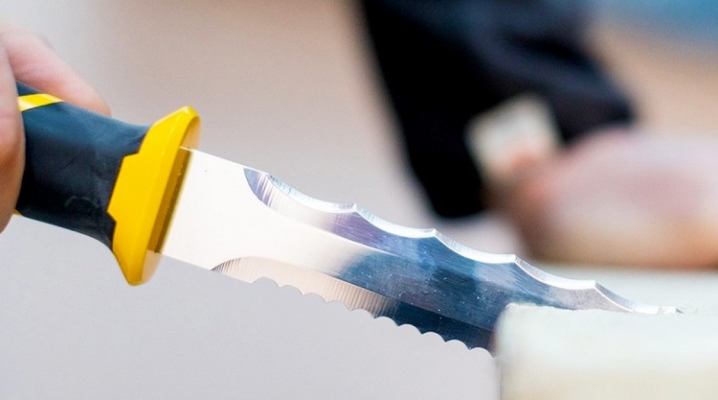
Insulation is often necessary in home life to reduce the cost of heating the space and just comfortable living in the room. Any type of insulation is sold in rolls, so for work, the material must first be cut into pieces, for which you need to choose the right knife. Knives for cutting insulation will be discussed in the article.
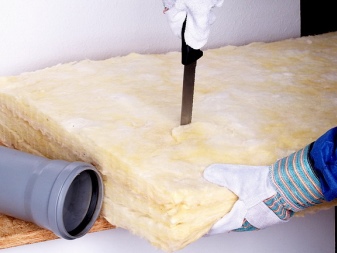
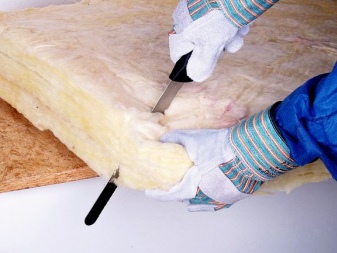
Views
Insulation cutting knives are classified into several types. Let's consider them.
Construction knife
The scope of application of this type of knives does not end with cutting cardboard, paper, leather and plastic - it can also be used to work with wires and foam, mineral wool and other insulation. Besides, for a construction knife, you can change the blade for work with a certain material. However, it mainly has a short blade, and when using this knife in the installation of foam, you need to understand that it can leave cracks, chips and other various defects on the material.
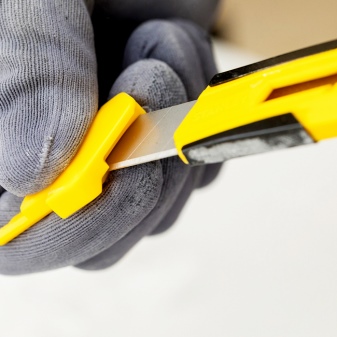
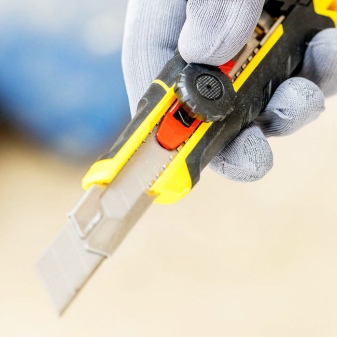
Hacksaw for wood or metal
A hacksaw is also suitable for trimming insulation. It is especially convenient for cutting wide layers of mineral wool. A good hacksaw has fine, undiluted teeth and sharpening. She will cope with the work, excluding any damage to the material.
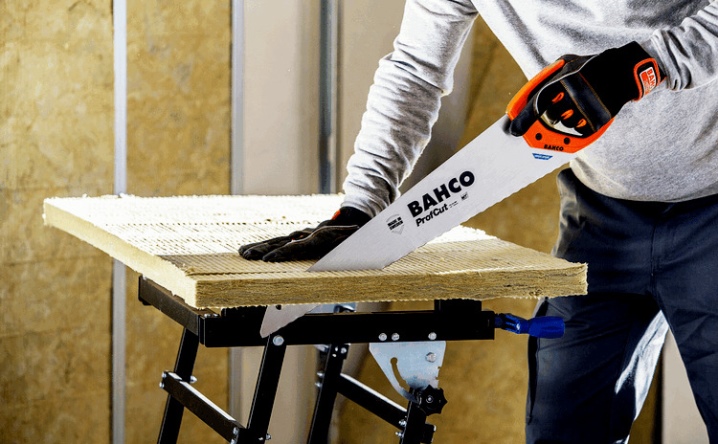
Kitchen knife
The lack of a professional tool is no longer a problem. For cutting layers of insulation, even a standardized kitchen knife designed for bread or meat is suitable. However, before use, you must not forget to sharpen it well with sandpaper.
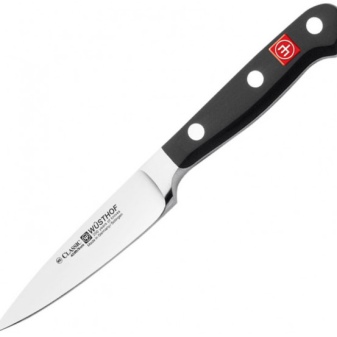
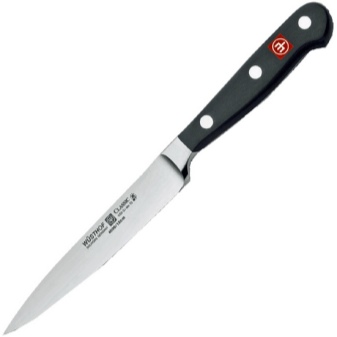
Cutting machines
Machine equipment is perfect for large-scale construction. but for independent household disposable or double use, this device is too expensive, and it will be completely inappropriate to purchase it.
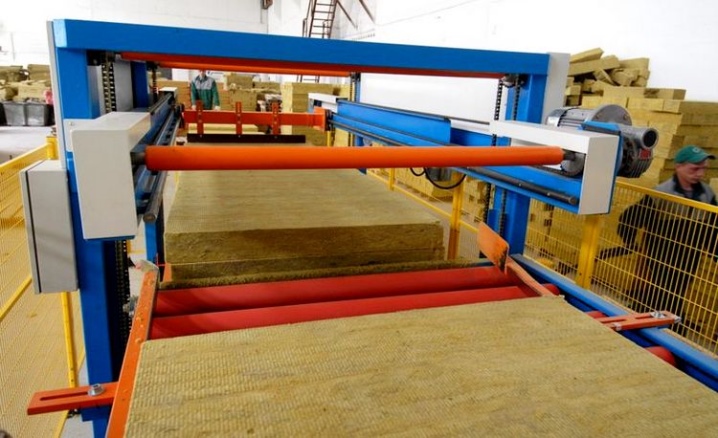
Highly specialized knife
There is a huge range of professional knives, including stainless steel electric tools that can cut any material in a matter of seconds. Their length reaches 300 mm. Such knives are offered by manufacturers of thermal insulation materials. The main thing is to carefully follow all instructions for the use of such tools and safety guides during operation. In addition, when working, you should take into account the type of heaters.
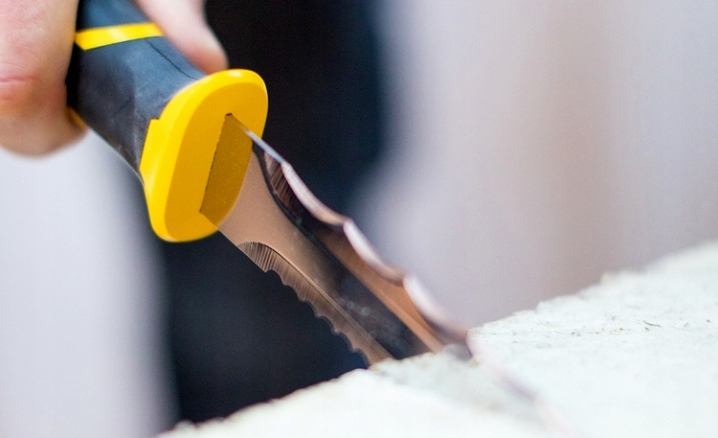
Choice
The choice of knives for insulation is quite wide, therefore, first of all, you should look at the characteristics of the thermal insulation material.
The easiest thing is with a small amount of work. For example, ordinary kitchen knives or office knives are suitable for cutting mineral wool in slabs less than 50 mm thick. For a more saturated linen material, it will be necessary to resort to using a hacksaw for wood or metal, a construction, specialized knife, prepared for cutting thermal insulation.
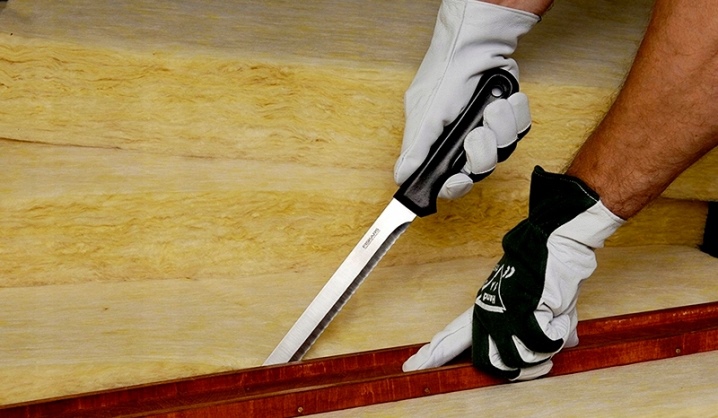
Knives made of carbon or stainless steel are universal.
However, a carbon knife needs more care than a stainless steel, otherwise rust may appear on it. After rinsing the carbon steel, be sure to wipe and lubricate the blade dry.
Terms of use
Before starting work, it is imperative that you familiarize yourself with the manual for using the knife and ensure the safety of the installation in order to prevent both gross and minor mistakes and harm to your health. There are several basic rules.
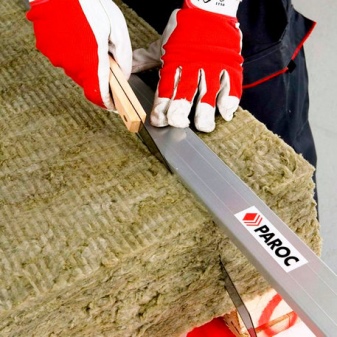
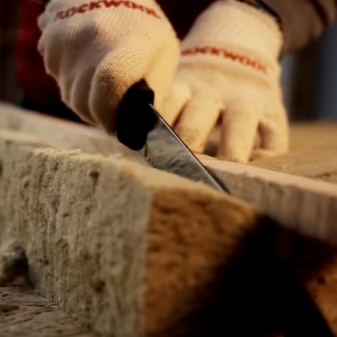
Insulation should be cut at low ambient temperatures - in order to safely start cutting mineral wool, you will have to put on a special durable suit that will prevent skin contact with toxic material and its irritation.
Cover your hands with rubber or silicone gloves to protect your hands from cuts and abrasions when carelessly cutting.
The respiratory organs must be covered with a durable respirator, and the eyes must be protected with special professional glasses., as glass particles of foam or mineral wool can enter the respiratory tract or the mucous membrane of the eyes.
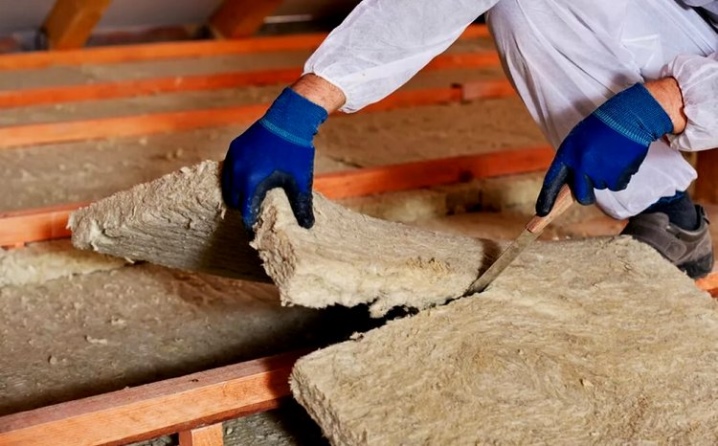
During the installation process, it is necessary to take short breaks and open windows to ventilate the room. If possible, it is best to work immediately in a well-ventilated room.
So that the heat-insulating material does not break off, and particles fly off less from it, the cutting tool must necessarily be technically sound and well sharpened. To reduce the amount of dust in the air, the insulation should be cut along the location of the fibers.
In the process of cutting, you need to count on the remainder of a small layer about 2 cm long in order to ensure a tight overlap of the space to be insulated.
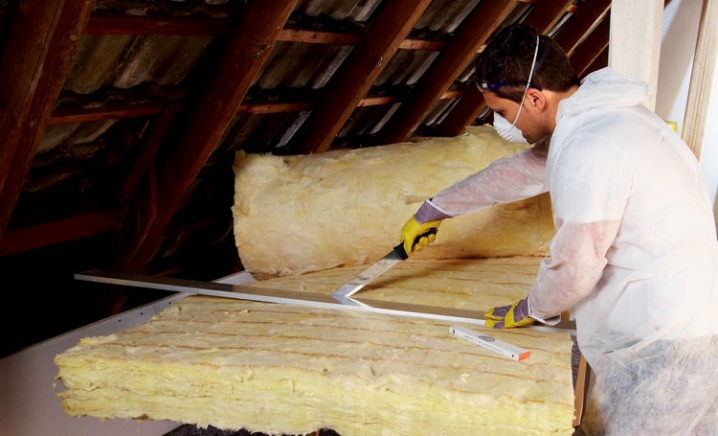
Mineral wool lends itself better to cutting before unfolding.
The mineral wool panels should be removed from the packaging box and cut one at a time so as not to accidentally damage its shape when transferring material from one place to another and when placing them on top of each other.
Already cut pieces of insulation cannot simply be thrown onto the floor or onto another piece, as a huge amount of foam fibers will immediately begin to rise into the air. The material should be handled with great care.
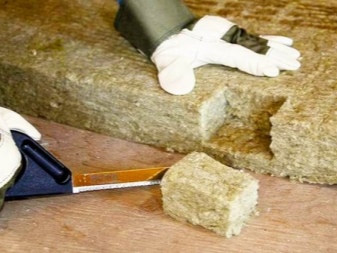
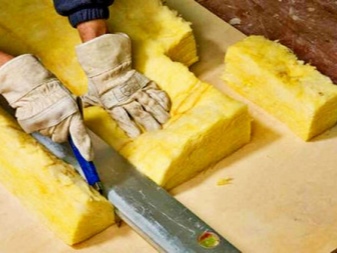
Besides, when carrying out installation work on your own, the best option would be to consult with specialists, since you may have to cut pieces of complex shape. Professional advice will help you avoid unnecessary waste of material. Manufacturers also advise to start cutting the cotton wool before unrolling the roll, and to ensure even and accurate cuts, it is necessary to mark the material in advance with a ruler.
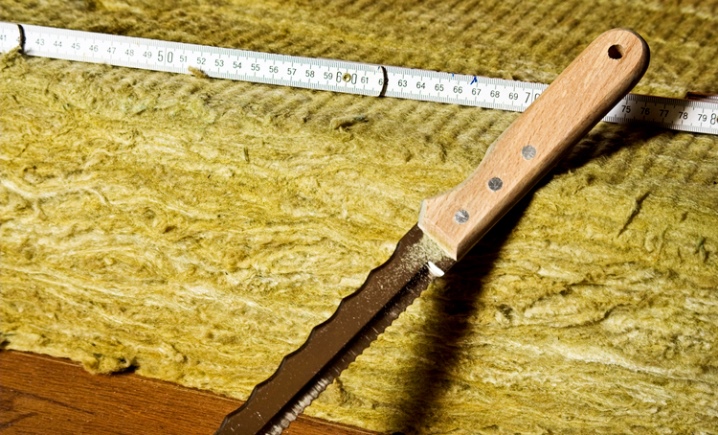
Residual insulation material does not have to be thrown away. They will remain suitable for insulating storerooms, garages, sheds or other utility rooms. Plus, they can be recycled and sold at a low cost for later use.
At the end of the work, it is recommended to thoroughly wash your face and hands with soap and cool water.
For more information about knives for cutting insulation, see the video below.













The comment was sent successfully.